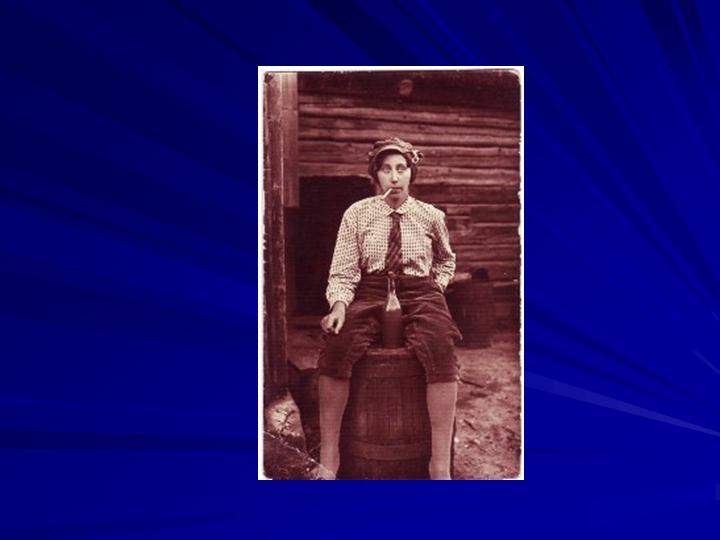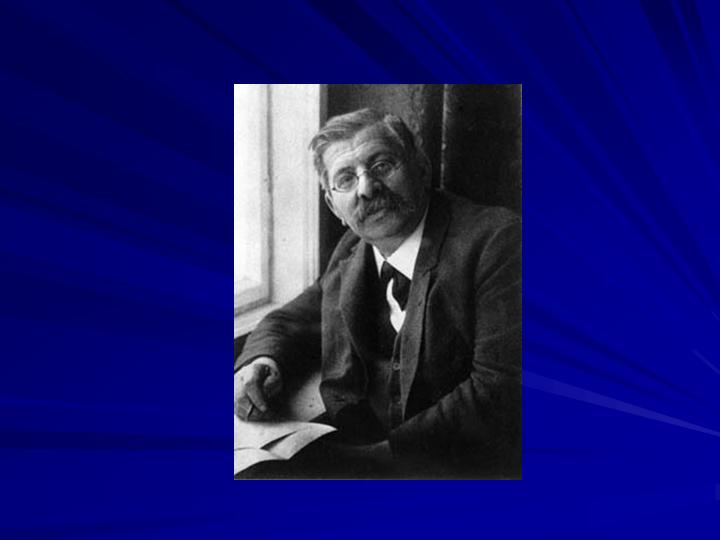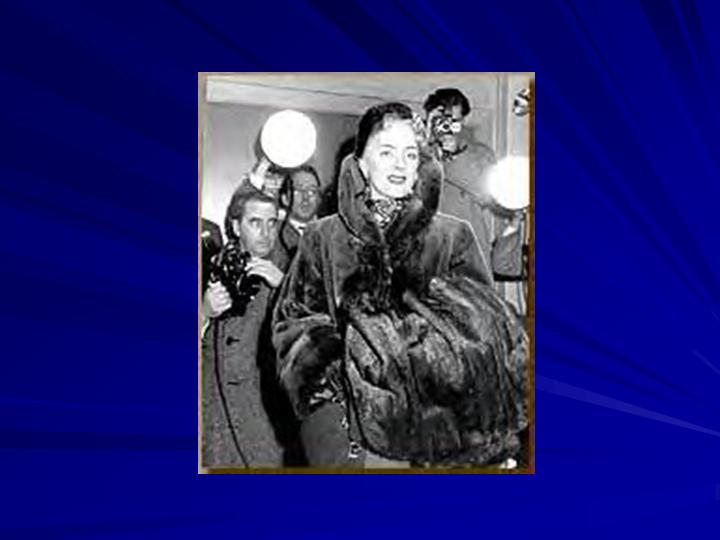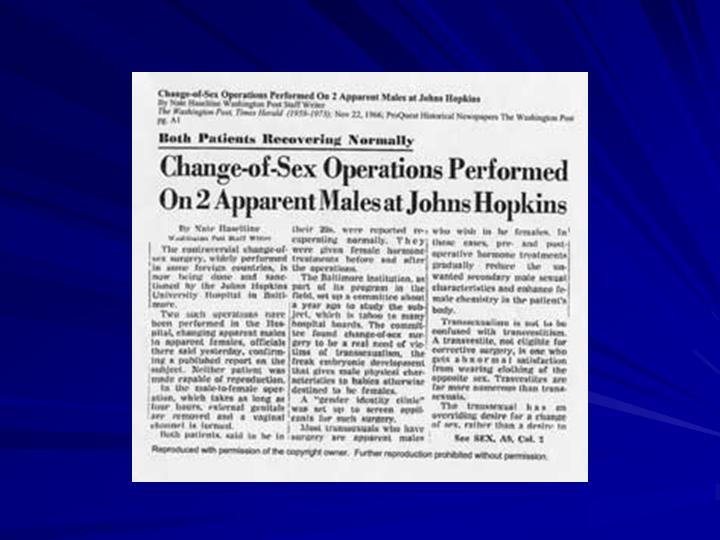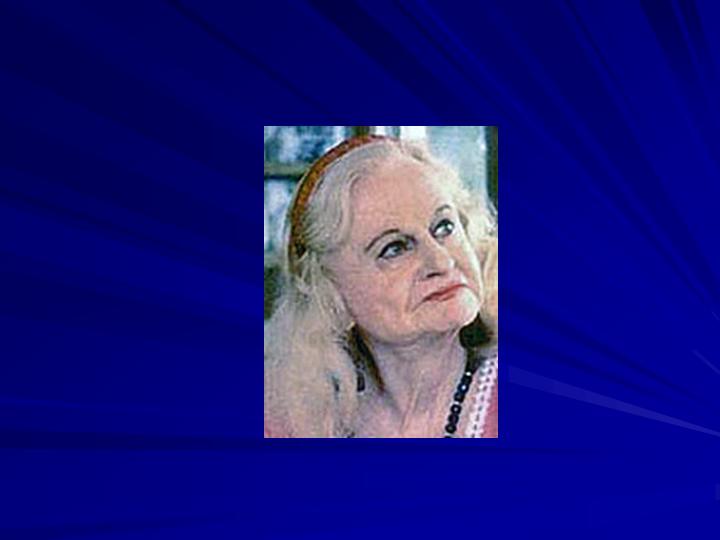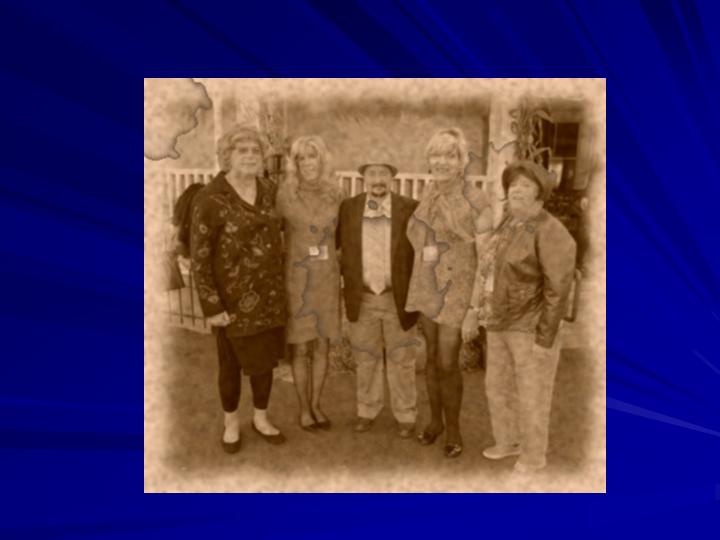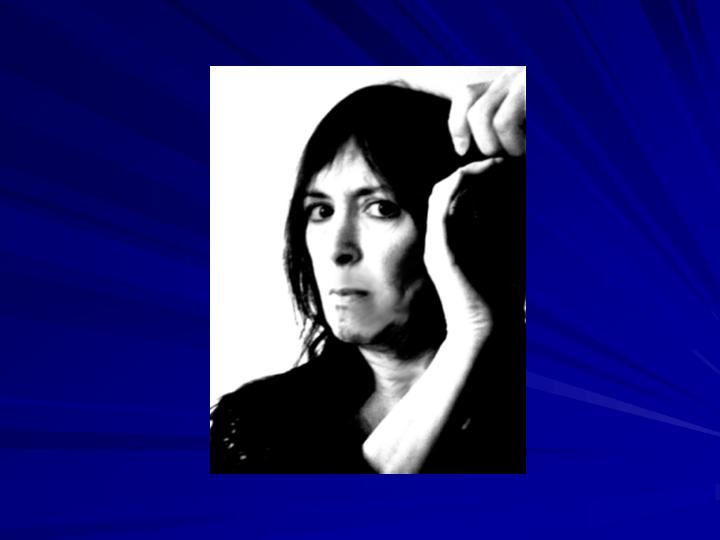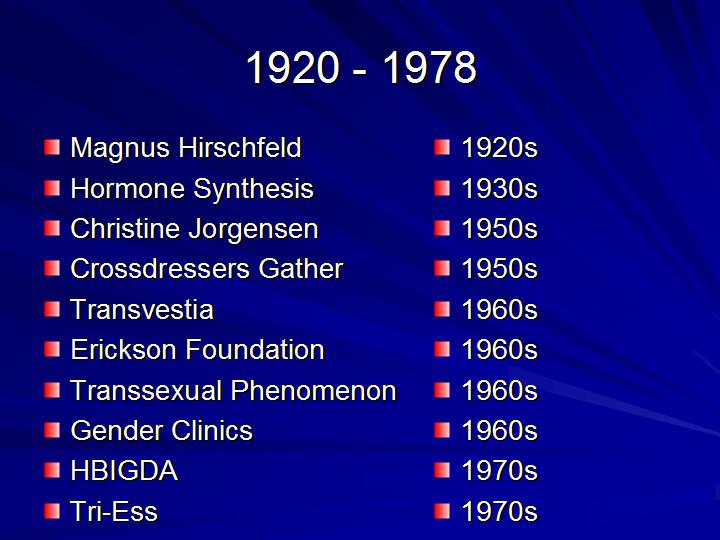Where We’ve Been and Where We’re Going (2011)
©2011 by Dallas Denny and Dainna Cicotello
Source: Cicotello, D., & Denny, D. (2011, 20 October). Where we’ve been: where we’re going. Invited keynote at Fantasia Fair, Provincetown, MA. My portion was presented again by invitation at TransEvent 2012, Albany, NY, 14 April, 2012.
When a keynote presenter bailed at Fantasia Fair, Dainna Cicotello and I were asked to do this presentation on short notice—24 hours. This is my portion of the presentation. I was asked to give it again at the TransEvent Conference in Albany—and did.
I spoke at length about the slides; here I have reproduced only the captions.
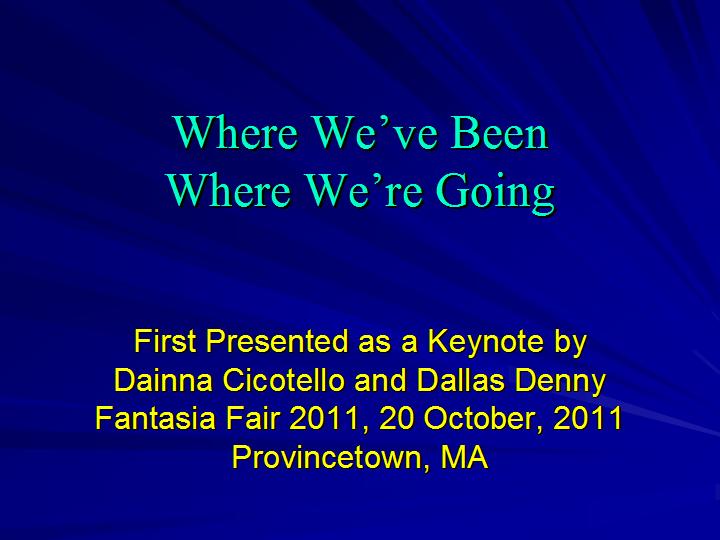
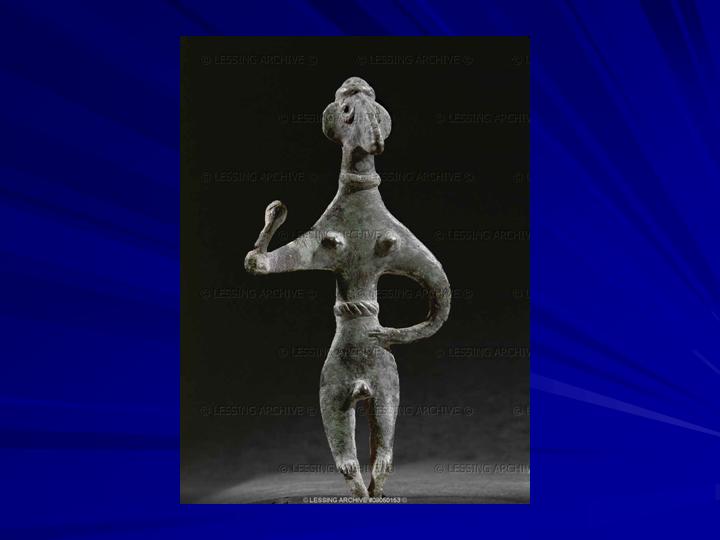
Transgendered and transsexual people have been present all though history on the six inhabitated continents. This is a photograph of a late Bronze Age Caanite figure—probably the god Baal. Note the presence of breasts and a penis. The sensibilities of curators of Victorian museums caused many such figures to be hidden away or destroyed and thus lost from history.

In his 1997 The Prehistory of Sex, archaeologist Timothy Taylor pointed out that many early burial sites in Europe and Asia contain grave goods associated with the other sex, as judged by the skeleton. Anthropologists are able to differentiate between male and female skeletons with considerable accuracy. Taylor believes the occupants were most likely transgendered and buried with the items they used in life. This is a 5000-year-old Eastern European grave.

Taylor points out hunter-gatherer tribes and early farming communities had a potent pharmocopeia. They knew what plants were capable of doing. He suggests estrogen-containing plants like these flax seeds were deliberately used to feminize male-bodied people.
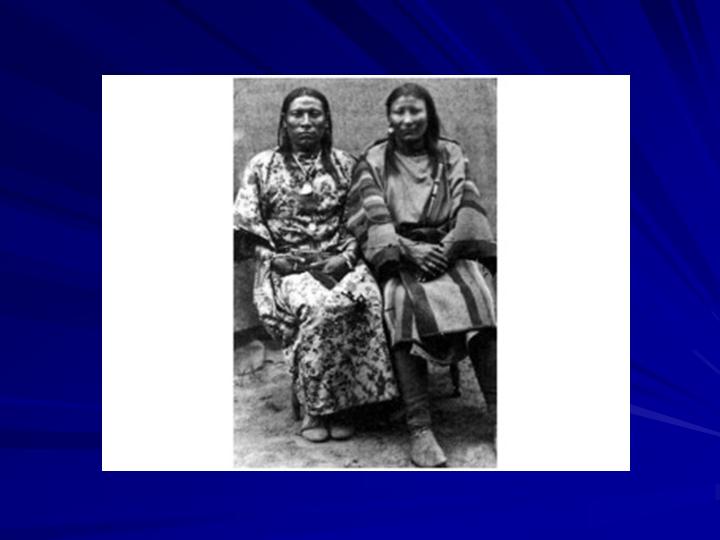
Writer and activist Will Roscoe has noted as many as 150 Native North American tribes had established social roles for gender-variant people. Male-to-female in some cases, female-to-male in some cases, and in some cases, both. These are Plains Indian two-spirit women.
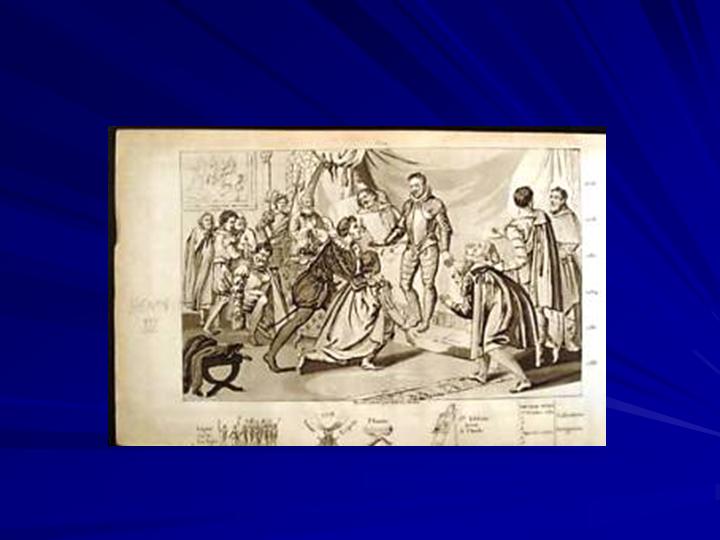
Historical personages, including kings and pharaohs, were known to be transgendered. This is Henry III, “Transvestite King of France,” who lived from 1551-1589. The image is from the Houston Transgender Archive.
Dozens of books have been written about the Chevalier d’Eon de Beaumont, 1729-1810. Beaumont traveled to Russia, dressed as a woman, on a spying mission. Beaumont’s sex was subject to bets and speculation, and Lloyds of London carried odds. On her death in England Beaumont was found to be biologically male.
Victorian England was scandalized by the arrest, in 1871, of Ernest Boulton and Frederick William Park as they were leaving a theater.
This is an unidentified early XXth Century female-bodied person.
In the mid 1800s sexologists began studying gender-variant people. This is Dr. Magnus Hirschfeld, who worked intensively with early transsexuals. Some even had surgery.

This is Michel Dillon, a British physician who was born with the name Laura. After his transition he served as ship’s physician in the Royal Navy, then became a monk in Tibet.
Christine Jorgensen’s sex reassignment in Denmark in 1952 created a media sensation. For the first time, the American public (and scientists) realized sex was not immutable. Transsexuals, reading her story, began to come forth in considerable numbers, seeking sex reassignment.
Dr. Harry Benjamin was a sympathetic endocrinologist to whom thousands of transsexuals turned. In 1966 he wrote The Transsexual Phenomenon, which described the “syndrome” of transsexualism.
In 1967 the prestigious Johns Hopkins University opened a gender identity clinic and began offering transsexuals hormonal therapy and surgery.
In the 1960s crossdresser Charles (Virginia) Prince began organizing heterosexual crossdressers into groups and publishing a magazine, Transvestia. From the 1980s, Virginia lived full-time as a woman.
I threw this artificially aged photo into the Fantasia Fair presentation for a joke. Ethan St. Pierre is at center, and Jan Roberts is at far right. I knew one or both would be in the audience.
By the late 1980s crossdressers and transsexuals were attending events together. This photo was taken at the conference of the International Foundation for Gender Education. I’m unsure of the year. Jessica Edwards Foster is at far right. That’s Monica Roberts immediately in front of her.
“The Empire Strikes Back,” an essay by Rosanna Alluquere (“Sandy”) Stone, written in 1989 and published in 1991, has been hailed as the article that birthed the academic field transgender theory. Stone described the catastrophic impact the medical model proposed by Harry Benjamin and developed at Johns Hopkins University had had on transsexual women.
Here are some important dates from the first eight decades of the XXth Cenetury. The Harry Benjamin International Gender Dysphoria Association, an organization of professionals who work with transsexuals, was founded and published the first edition of its Standards of Care. Tri-Ess, the Society for the Second Self, emerged as the primary organization for crossdressers.
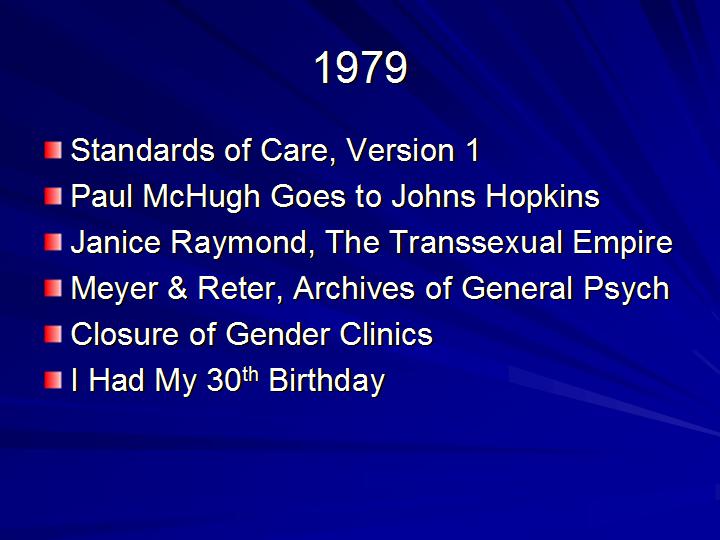
1979 was a seminal year for transsexuals. The HBIGDA Standards of Care were first published. Psychiatrist Paul McHugh took a position as Chair of the Department of Psychiatry at Johns Hopkings, by his own admission going there in part to close the gender identity clinic. Janice Raymond published her attack on transsexualism and transsexuals. Meyer & Reter’s outcome paper, which purported to show “no objective advantage” to sex reassignment surgery for male-to-female transsexuals and was certainly contrived with the assistance of McHugh was published in Archives of General Psychiatry. As a result the gender clinic at Hopkins closed, and the more than 40 in the U.S. also closed. Three Houston, Stanford, and U. Virginia) became for-profit surgical centers, and one (U. Minnesota) became a non-surgical program. The others simply closed their doors.
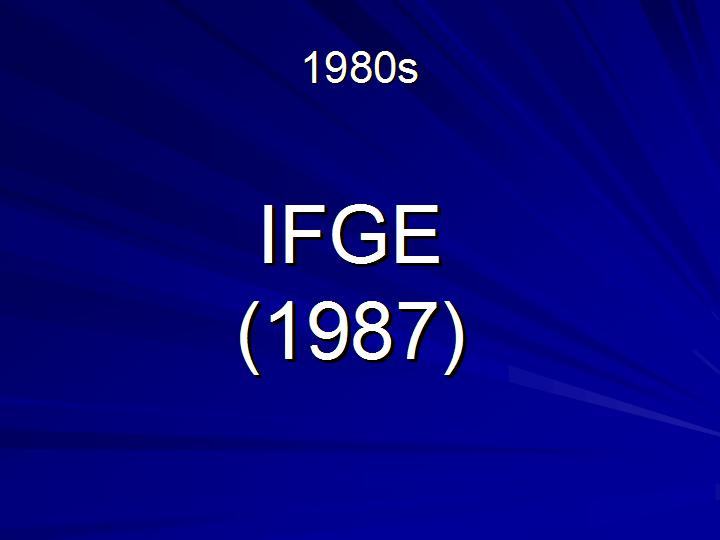
The International Foundation for Gender Education opened in 1987. It’s conference was the first place transsexuals and crossdressers could come together to exchange ideas. That, as you might expect, had an explosive impact upon the community’s language and thoughts.
I should point out that this is also when Renaissance Education Association opened. It was an influential open group with chapters in the Mid-Atlantic area.
Things started to pop in the 1990s. I opened the nonprofit American Educational Gender Information Service. Sandy Stones essay was published. Holly Boswell’s influential article “The Transgender Alternative” was published simultaneously in IFGE’s Tapestry magazine and AEGIS’ Chrysalis Quarterly. The term transgender, which until then had been used only occasionally, almost immediately came into common use. Openly transgendered and transsexual authors (myself included, began to published about gender identity issues. The community took a political terms with the advent of Lobby Days and the formation of GenderPAC. And HBIGDA launched The International Journal of Transgenderism, a peer-reviewed journal that focused entirely upon trans issues.
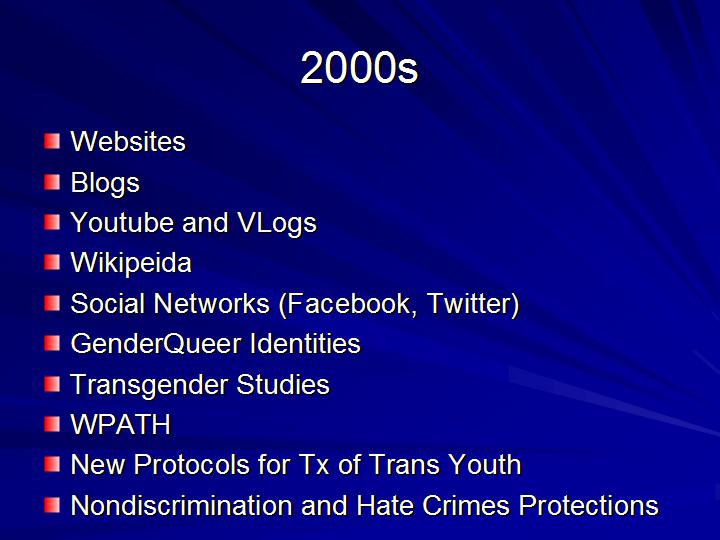
The first decade of the XXIst Century was another busy time. As broadband came into popular use, websites became practical places to obtain information. Wikipedia was developed. The feel of Transgender Studies was born. GenderQueer identities emerged. HBIGDA changed its name to the non-stigmatizing World Professional Association for Transgender Health. New puberty-delaying treatment protocols were developed for trans youth. And hate crimes and nondiscrimination laws, which had begun to be passed in some numbers in the 1990s, began to arrive at a much faster pace.
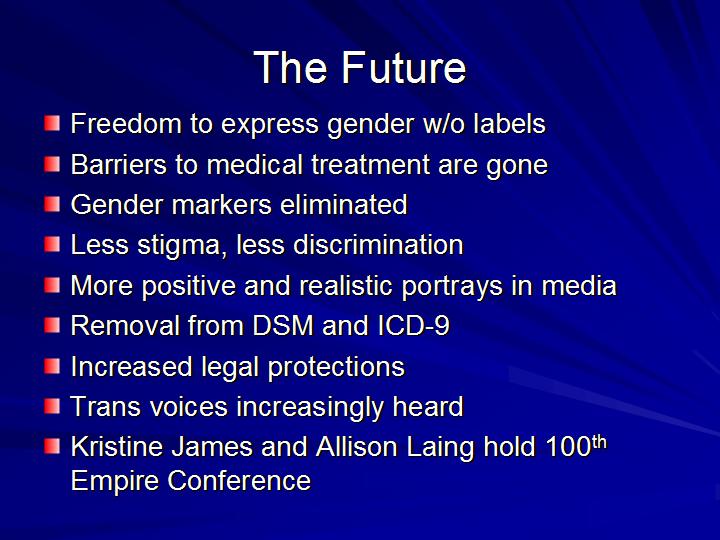
And what of the future? No one knows, of course, but I think this and the following decades will result in removal from the American Psychiatry Association’s DSM and the UN’s ICD-9; we will gain increased legal protecdtions, our depictions in the media will be increasing more positive and more realistic (and we will be played more and more by trans actors), our access to medical treatment will improve as barriers go down, we will face less stigma and discrimination, and our voices will be increasingly heard. I also think documents of identification like driver’s licenses will begin to lose their M and F gender markers.










